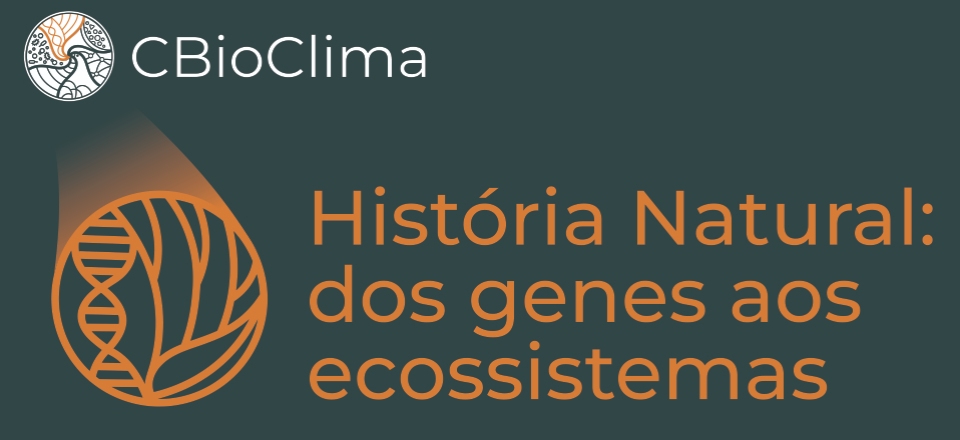Repurposing herbarium specimens for studies of climate change
Herbaria, with specimens spanning space and time, provide unparalleled resources for plant science. Digitized herbarium specimens (data and images) offer new research opportunities, particularly in relation to climate change and conservation. These herbarium resources provide unparalleled opportunities for mobilizing and integrating massive amounts of information from organismal biology, ecology, genetics, climatology, and other disciplines. The world’s herbaria house an estimated 400,000,000 specimens, and as the number of online records continues to grow, these data provide excellent information on species distributions, changes in distributions over time, phenology, and a host of traits. Integration of information from specimen records with phylogenies, climate data, and other resources enables new questions to be addressed while also providing new perspectives on longstanding questions in ecology and evolutionary biology. Through a series of case studies, I will illustrate some of the many uses to which herbarium specimens and their digital data are currently being applied as well as some of the resources being developed to enable their use. These case studies link and analyze specimen data and related heterogeneous data sources and show how high-throughput analysis and artificial intelligence can be applied to centuries-old herbarium specimens to address questions related to climate change and a host of other societal problems.









